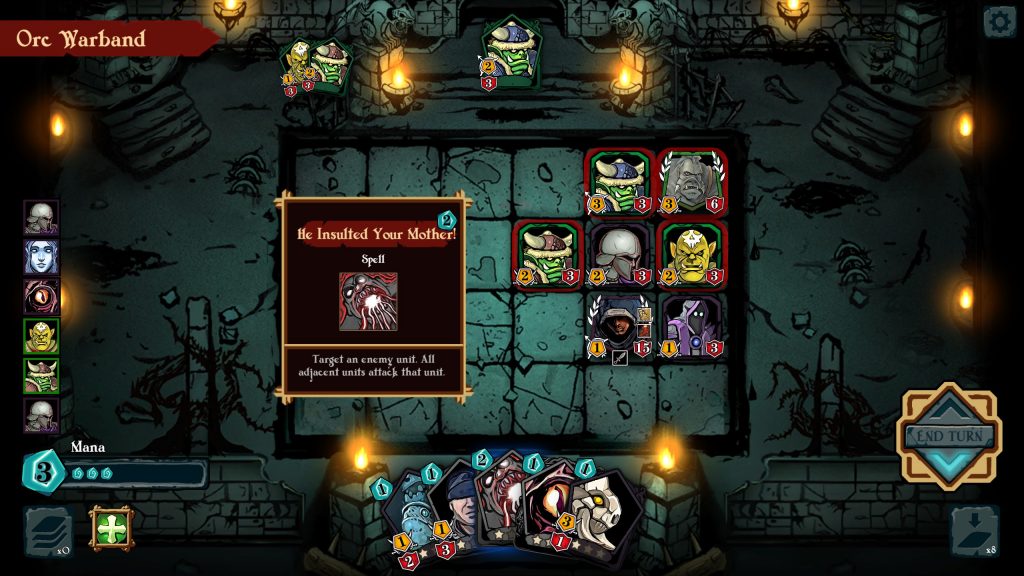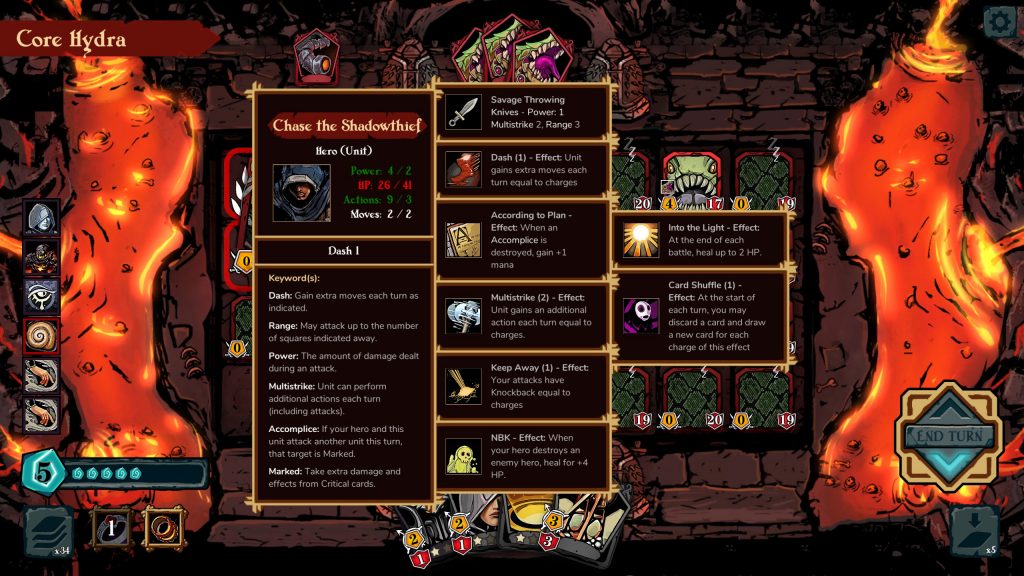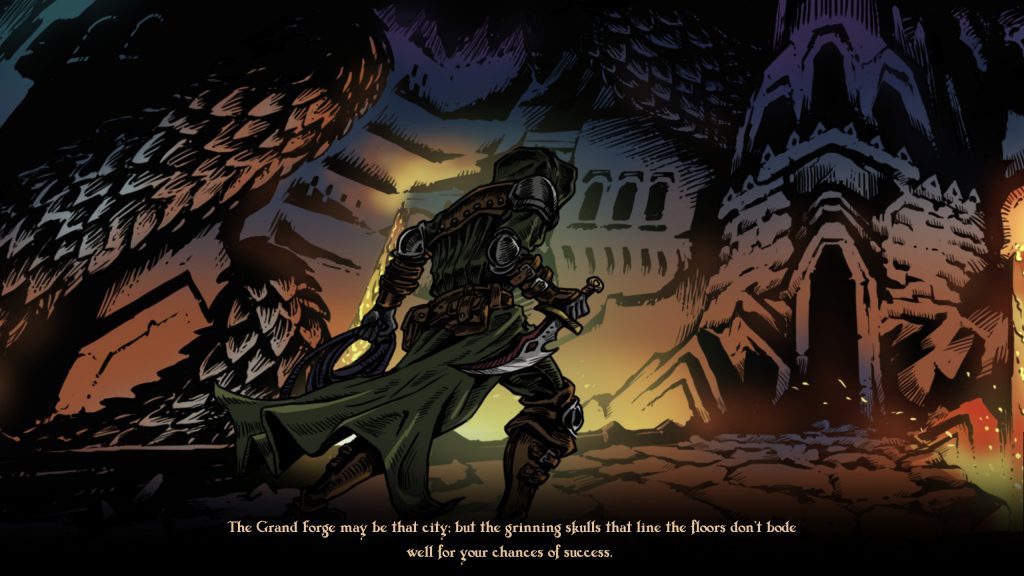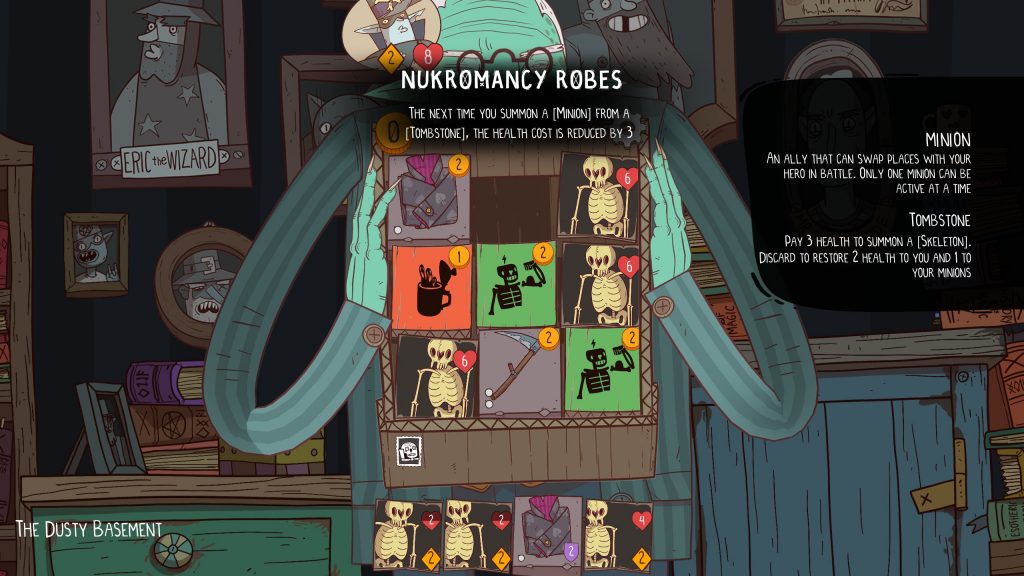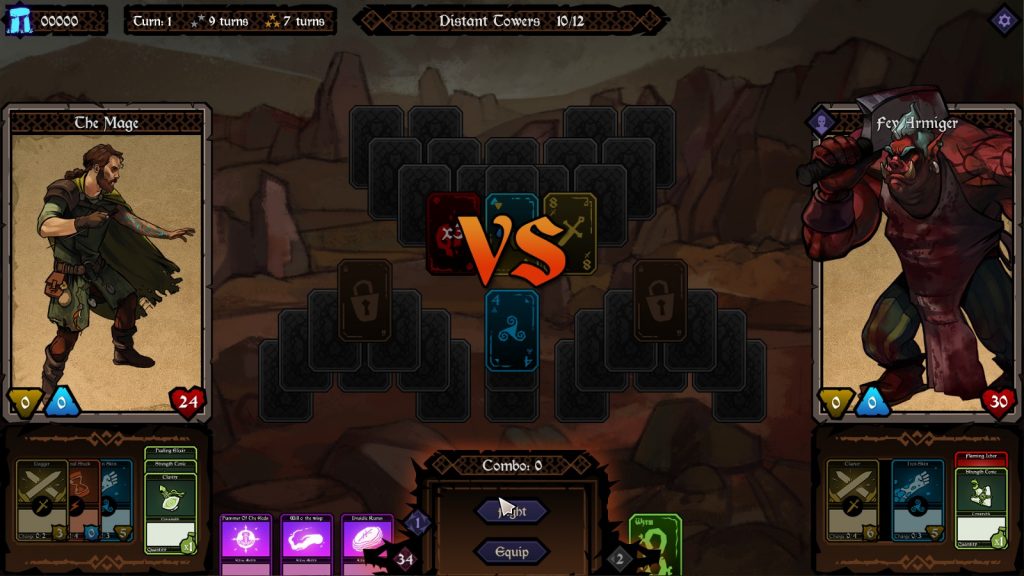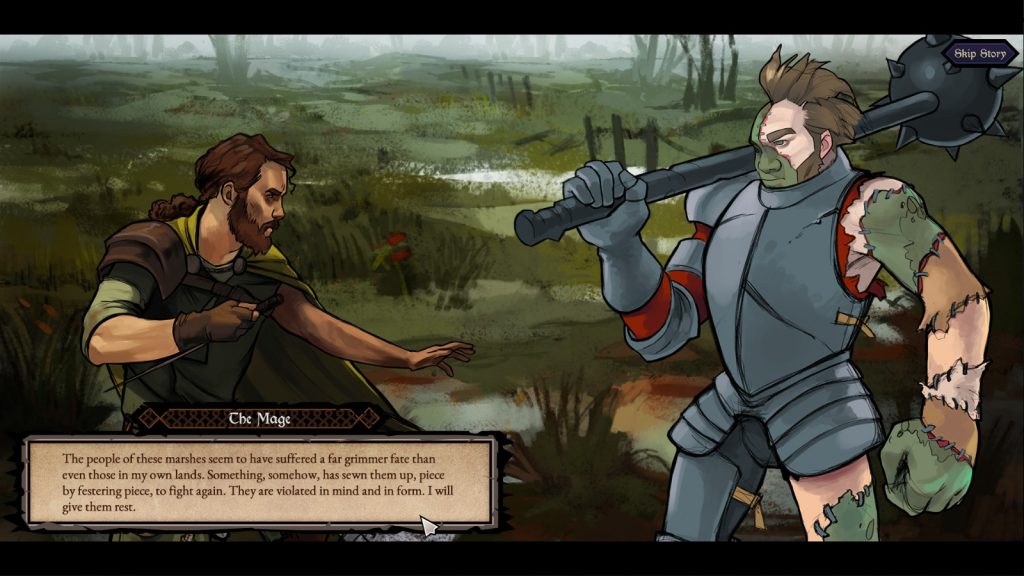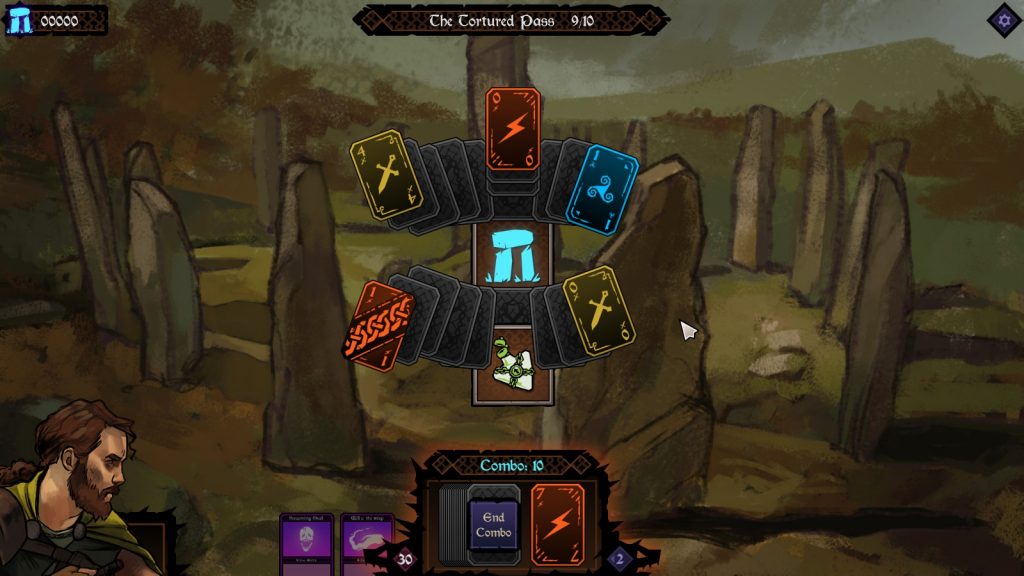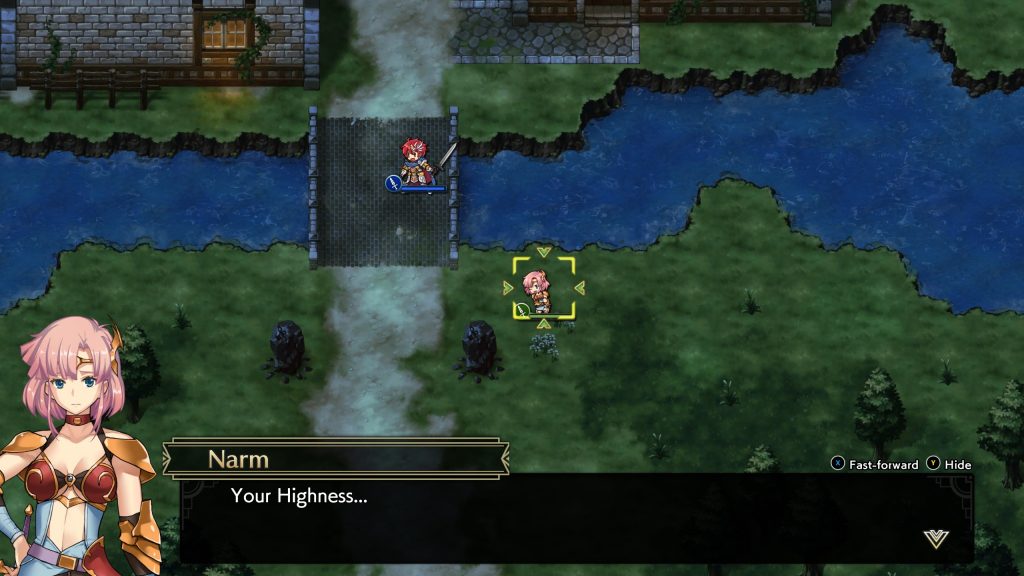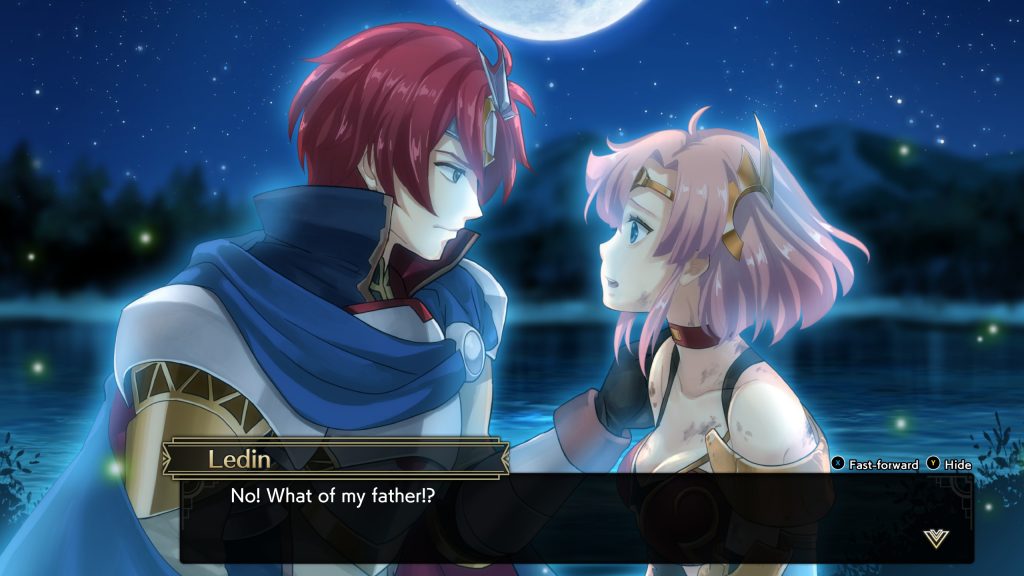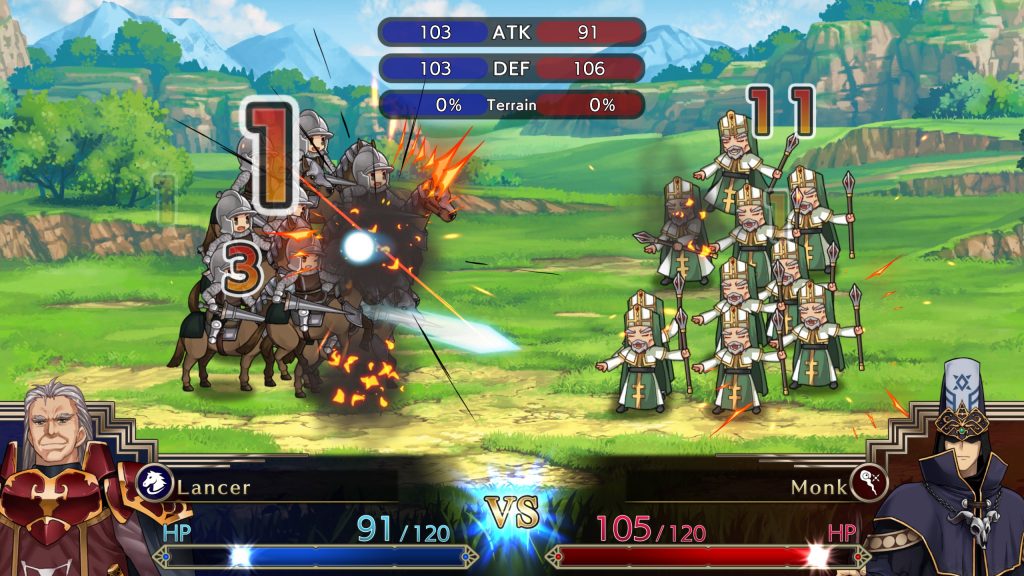Iratus: Lord of the Dead (Review)

Source: Review Copy
Price: £18.99 (£26.58 for Supporter Edition, £7.59 for upgrade to Supporter Edition)
Where to Get It: Steam
Other Reviews: Early Access Review
And so, the Dark Lord is finally out of the dungeon. Well, metaphorically. For the goal remains, in Iratus, to get your necromantic Dark Lord… Out of the dungeon. Which he had been trapped in, until some foolish adventurers opened his crypt and gave him some starting materials…

Speaking of materials, goodness me, there’ve been some changes since last I played, and they do make the experience more challenging!
In any case, this is a turn based strategy game in which you, a very sarcastic Dark Lord (the best kind), have found yourself awakened once again, and you have to beat or frighten your way back up through the depths, to claim your right to conquer once more. Encounter by encounter, battle by battle, you earn resources to build up your army of the dead, maybe unlock more types, and balance for the encounters you see coming.
Now that is a welcome change. Because while frightening enemies to death (as opposed to shooting, stabbing, magicking, and bludgeoning them to death) is the path to the best rewards, risky as it is, there are some enemies, most notably the golems early on, who are not only immune to Stress damage, but can also redirect the stress damage they can’t take from others… Onto themselves. You really want a high damage build for these bastards, as they have a lot of armour too.

But there are other changes too, that make things more challenging. To pick one example, a common means of buffing your troops was to turn crap materials into less-crap materials. A strategy that is less do-able now, because the chances of better items coming out is minimal without some talent upgrades, but this is counterbalanced by the fact that new parts for your undead don’t buff specific stats… But give you more stat points to do with as you please.
I said before that the game is pretty clear, aesthetically speaking, and this is mostly true, but what I failed to mention last time is that, alas, there is no text scaling option. Beyond this, however, you know what’s what, the tooltips are fine, and the visuals, music, and voicework are all high quality. It really gets across this atmosphere of a dark world, a world which… Honestly, the villain could probably conquer in other ways, considering how there are slavers, beserkers, mad mages, dwarves gone bad… Well, Iratus does Iratus, I guess!

And what Iratus does, it does well: A turn based strategy game with a fair amount of depth, a good amount of polish, a protagonist with a bleak sense of humour, and some tense, challenging gameplay. Your minions are not that replaceable. Try not to get them killed a second time, eh?
The Mad Welshman likes to see a fellow villain go up in the world. Well, unless they’re encroaching on his areas, in which case, he likes to see them go down.


